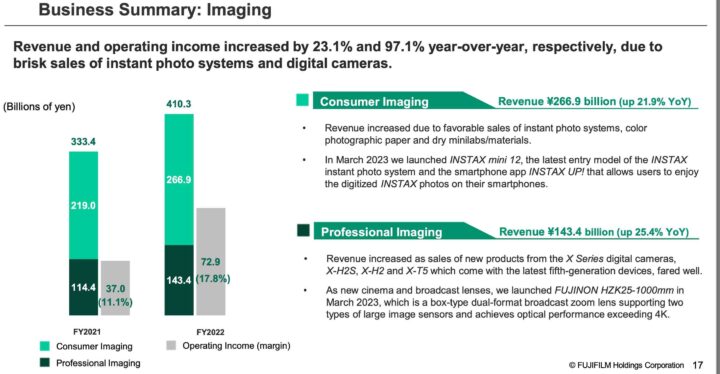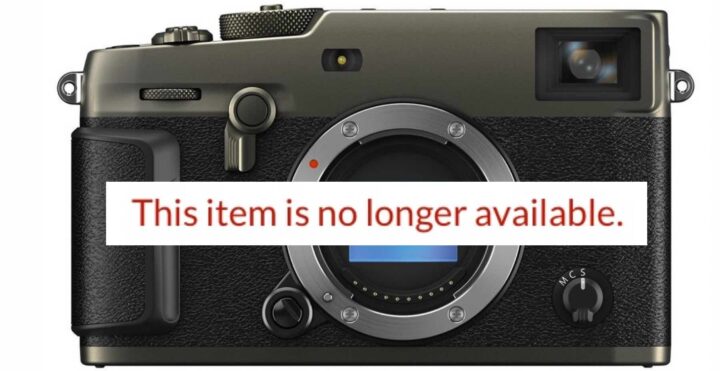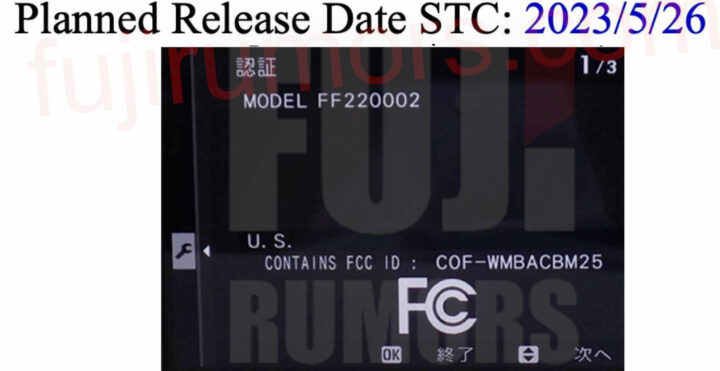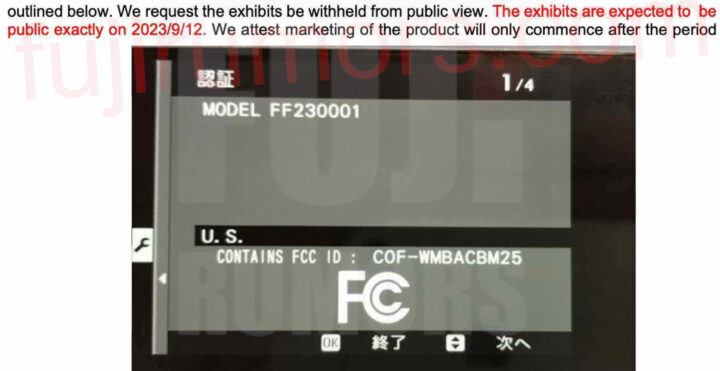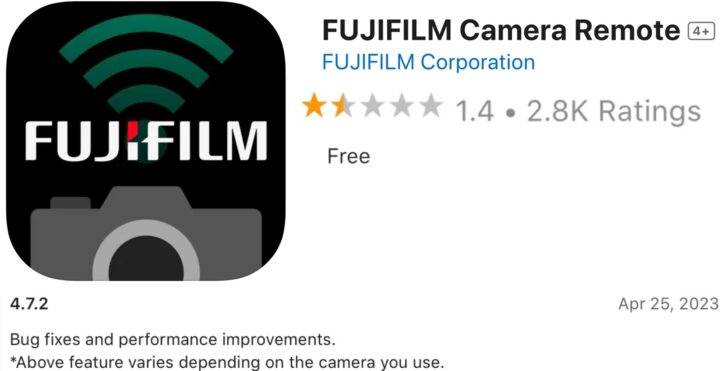Unleash the X-Trans IV Power: X-Processor 5 to Boost Fujifilm X-S20 Video – Video Specs LEAKED
A while back I told you that there could be a huge potential in the combination between X-Trans IV and X-Processor 5.
- The Terrific Potential of X Processor 5 and Non-Stacked 26MP Combo
- Which Sensor Would You Like on the Fujifilm X-Pro4, X100V Successor, X-E5 and X-T40 – VOTE NOW
Well, it looks like this combination will become real soon.
In fact, today we can finally tell you what many of you already saw coming: the Fujifilm X-S20 will use the X-Processor 5.
And in addition to that, our trusted sources (thanks!!!) told us that the Fujifilm X-S20 will be able to record 6K/30p and 4K/60p video.
We remind you that the Fujifilm X-S10 with the very same sensor can shoot 4K/30p max.
It looks like the combination between efficient and powerful X Processor 5 and fast sensor readout of 26MP X-Trans IV, is making it possible to put 6K/30p and 4K/60P into the small camera body of the Fujifilm X-S20, without having serious overheating issues that would make such a feature impracticable.
Considering the hybrid nature of this camera, 6K/30p and 4K/60p are a very welcome feature.
Fujifilm X-S20 Rumor Recap
- Announcement May 24
- This is the sensor of the Fujifilm X-S20
- This is the battery of the Fujifilm X-S20
- Fujifilm X-S20 Coming with Smarter Subject Tracking than X-T5, X-H2 and X-H2S (Automatic Subject Detection)
- 6K/30p and 4K/60p
- X-Processor 5
Follow FujiRumors on Patreon, Facebook, Instagram, RSS-feed, Youtube, Flipboard and Twitter
Fujifilm Facebook Groups

